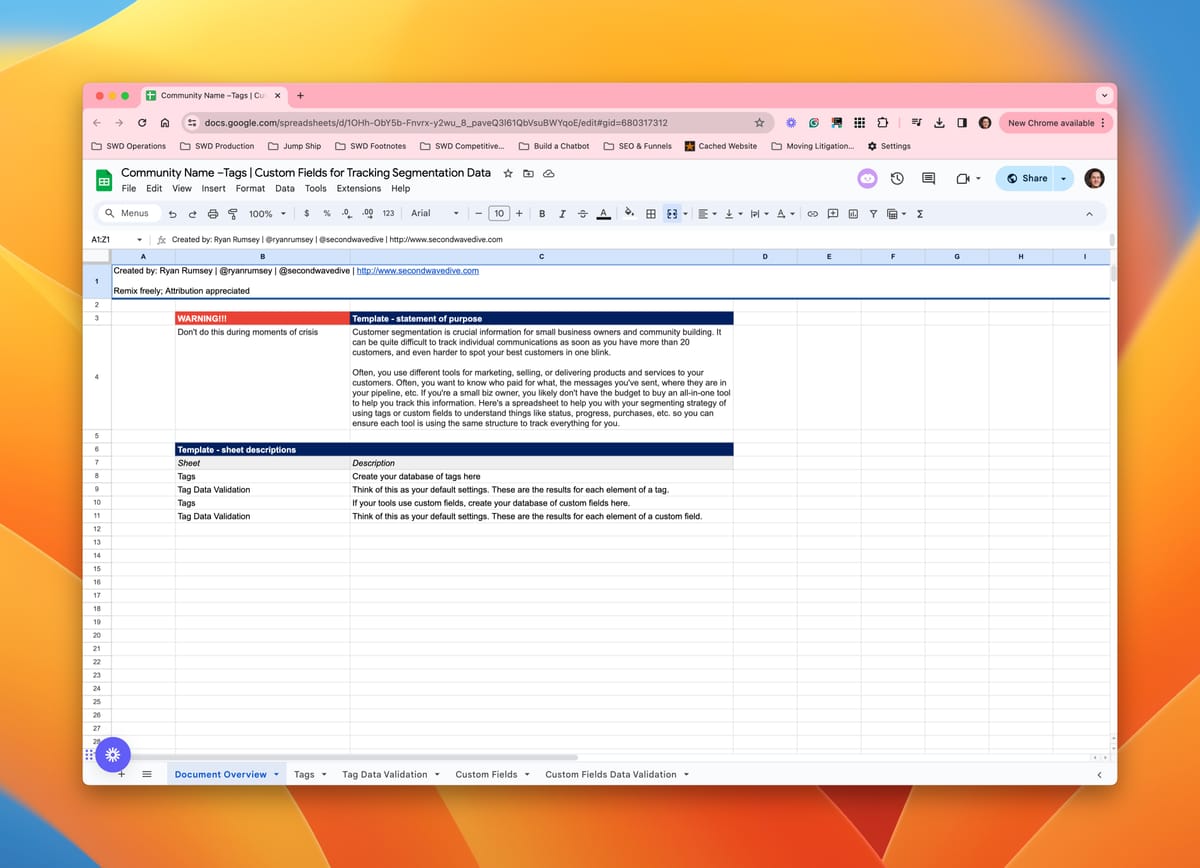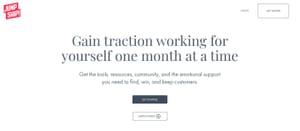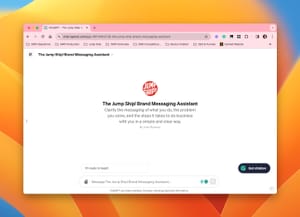A lot of courses, frameworks, tools, etc., can help you get started with your business, but one of the things all small business owners know about is that there will come a day when you can't track everything all in your head. It can be pretty challenging to track who bought what, which person you need to reply to, the status of anyone if they're in the middle of an engagement, etc., as soon as you have more than 20 customers, and even harder to spot your best customers in one blink.
Customer segmentation is crucial information for small business owners and community building. Often, there are different tools for marketing, selling, or delivering products and services to your customers. Usually, you want to know who paid for what, the messages you've sent, where they are in your pipeline, etc. If you're a small biz owner, you likely don't have the budget to buy an all-in-one tool to help you track this information, so you spend a lot of time tracking things in your head. There's only so much you can do in your head.
Here's a spreadsheet I wish I had at the beginning of starting my company. While I knew that tagging was important, I went about it entirely the wrong way. I used tags to help customers identify with their status/products, but I didn't use tags to help me understand things like customer status, progress, purchases, etc. And, despite loving tools like Circle, ConvertKit, and Notion, none of them have a built in way to track these things with the same underlying structure. I had to build my own mini-database in Google Sheets.
I don't want you to struggle in the same way, so here's a copy of my template. Its the template I use at CDO School and Second Wave Dive. It's the template Greg and I are using with Jump Ship too.
Cheers,
Ryan




